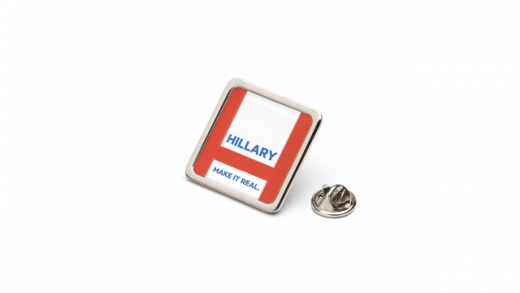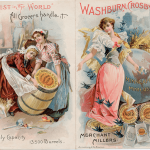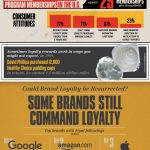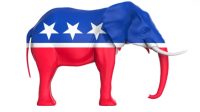find out how to build A brand In 5 Days
After Hillary Clinton’s emblem broke the web, transferring brands thought to be a brand new, emblem-less method in a 5-day design sprint.
April 28, 2015
When Hillary Clinton announced her bid for the 2016 presidential election, the web freaked out—mostly over her campaign logo. Rumored to be designed by using Pentagram’s Michael Bierut, the brand used to be called the whole lot from an ode to the health facility signal to an Easter egg revealing Clinton’s authentic, right-leaning agenda.
We challenged transferring manufacturers—a global creative agency with AAA clients like Sony, Google, HP, and Netflix—to rethink the Clinton’s manner in an impossible project. while a new model might be built over the route of months, even years spent going from side to side with a consumer, we gave them simply 5 days to remake Clinton’s model in a small-staff design sprint between their London and San Francisco places of work. regardless of the constraints, they managed to create an evocative conversation piece—a political campaign with no brand—that offers an interesting peek into the branding process.
the 1st step: Get to grasp Your client
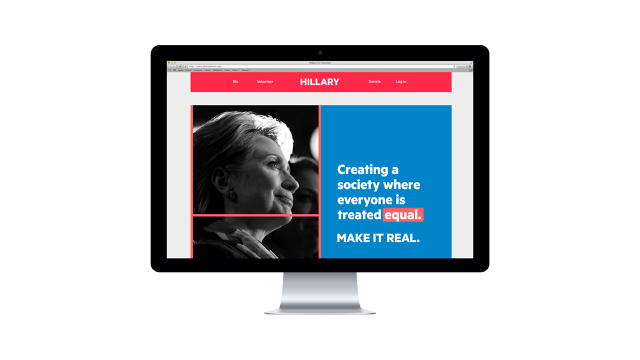
To get started, moving brands brought together a couple of designers, a copywriter, a brand and communications expert, and a project supervisor. They have been supported by using whomever else was once to be had every day.
frequently, the agency’s designers would meet with a client to get a deep, nuanced viewpoint on their work. They’d have a number of conversations with various contributors of the company, habits interviews, and cling workshops. that might inform the whole thing to come back.
“the most important difference was once that we did not have any client input nor remarks so we now have to truly research and study what Hillary has been announcing publicly and browse quite a lot of articles to take into account her story,” explains creative director Aki Shelton. “we adore taking part with our clients and more often than not, among the solutions are in our conversation with them—we’re simply there to help identify and outline them.”
Step Two: analysis and type A standpoint

The designers ran a number of interior polls and interviews (and did plenty of Googling) to kind what they name a “point of view,” or, in essence, what would turn out to be Clinton’s branded take on the arena. This standpoint encompassed everything from her views on debt, abortion, and schooling.
Step Three: outline the logo Story, “Make It actual”
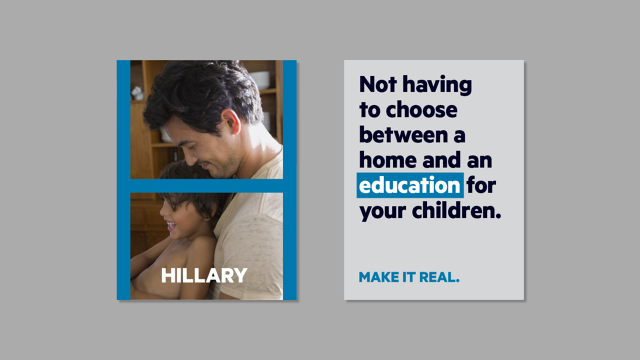
With a Hillary Clinton persona in thoughts, the workforce constructed the emblem story. on this case, it was once a first-individual letter from Clinton herself. The letter proposed that we unite on the motives that all of us care about, it imagined the sector we would wish, and it instructed that voters come collectively to make that world a fact. “Make it actual” become the punchline of the story—the unifying thread of the entire brand.
but is “make it real” truly unique sufficient to be a model, let on my own lend a hand Clinton stand out?
“i would most often agree [that it’s too cliche], but we’re talking about politics, the place the concept of fact is shockingly uncommon,” copy director Michael Meyer says. “we all have coworkers and members of the family with wildly different points of view on political considerations, however we’re ready to are living, work, and talk together … the media regularly portrays the us as totally polarized, however in our experience, that’s just not the case. Hillary is probably the most centrist of the entire candidates, and we believe that her model will have to reflect that.”
Step 4: come to a decision On a name
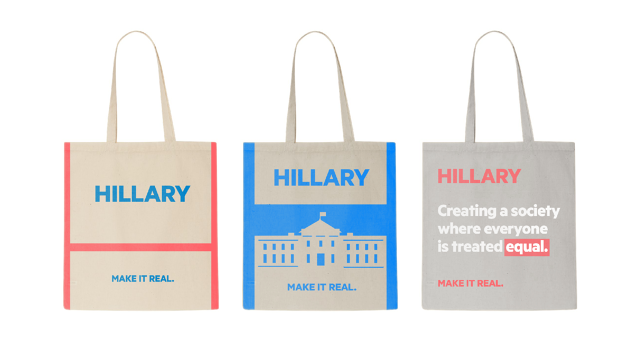
Any recognizable brand—whether or not it’s a company or a product—wants the best title. however in the case of Hillary Clinton, transferring brands decided that title shouldn’t be “Hillary Clinton.” instead, it should simply be “Hillary.”
“everybody within the studio was referring to her as Hillary, which at first seemed inconsequential except we started speaking about how so much of a differentiator it was. It’s an enormous and uncommon benefit to be on a primary identify foundation with america,” Meyer explains. “additionally, it helps to separate her from the luggage of earlier Clinton administrations. Hillary Clinton was once First girl—Hillary is the Senator/Secretary of State/Presidential Candidate. when we acquired to ‘make it real,’ using her first identify became a no-brainer to be extra relatable, extra approachable—extra real.”
Steps five and past: The visible brand
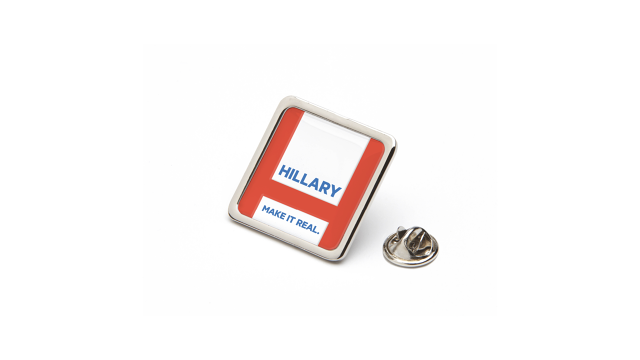
With the emblem’s identify and story intact, the designers became their attention to all that visual stuff that almost all laypeople would name “the logo,” like the typography, imagery, colours, and, in fact, the brand.
the new campaign’s boldest choice used to be to ditch the stereotypical red, white, and blue of the American flag, which, while traditional (in reality, the workforce got here throughout some pins that FDR had used in 1932 that seemed “precisely the same” as what we use lately), seemed too tired for a modern candidate. instead, they opted for an electric red and blue—a contemporary remake halfway between an American flag and a 1980s seafoam and pink colour palette.
“It used to be also how we [tacitly] addressed the truth that Hillary has a superb opportunity of being the first feminine president,” Meyer explains. “historically, that’s vital, however Hillary does not play the gender card. The palette is unisex, however heat and positive.”
Imagery of the logo was sparsely curated. pictures had to have just the best tone: “actual but now not gritty, posed however not preconceived.” Airbrushing, even for the 67-year-previous candidate herself, wouldn’t be in keeping with the “make it actual” tagline taking part in itself out in images.
Ditching the emblem
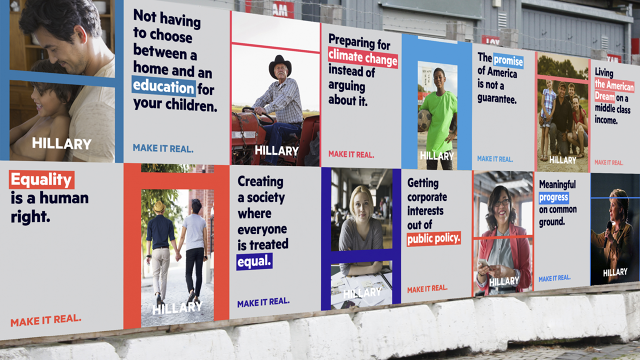
not directly, the group made up our minds that the photo-driven visible branding, anchored via Hillary herself, could be more highly effective than any one campaign emblem.
“There’s no image in the world that might ever have as much equity as Hillary’s name and face. She’s an icon in her personal right,” Meyer explains. “All a brand wants is a constant visual design part that makes it right away recognizable in any application.
with the intention to unify the visual brand, the group created what they call an H-frame gadget. sure, it’s built from the “H” in Hillary, and it leverages the manufacturers electrical blue and purple colours to border any pictures and text in the marketing campaign.
“We didn’t wish this to be known as a symbol. it’s not just about the one image to signify Hillary’s model. We created a machine and voice to characterize Hillary’s model instead,” Shelton says. “model is ready story, aligned touch factors, and how you join together with your target audience. We noticed all the conversations on the internet where everybody used to be criticizing the present brand (image), and we thought that was once absolutely the improper conversation. We must have asked, ‘what’s her story? Why must everyone care?’ moderately than, ‘Why an H and an arrow?’”
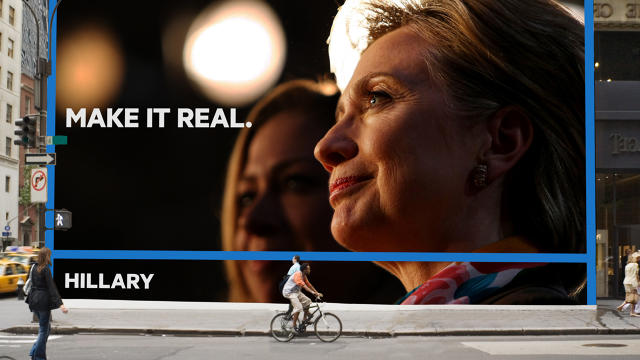
quick company , learn Full Story
(128)

